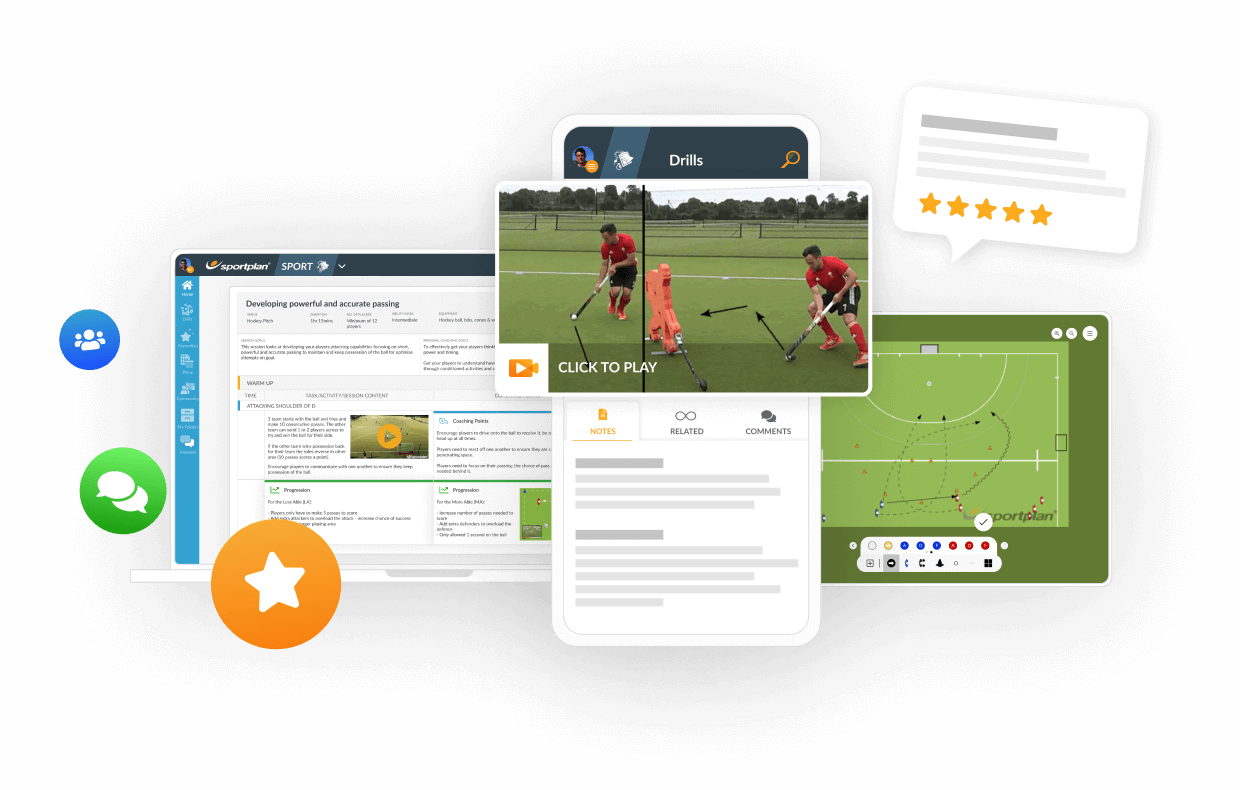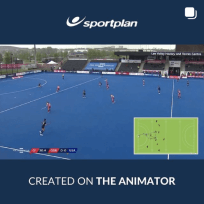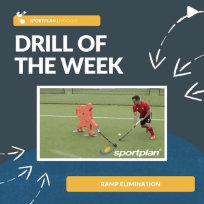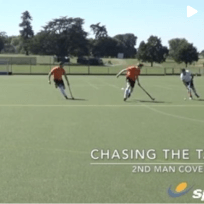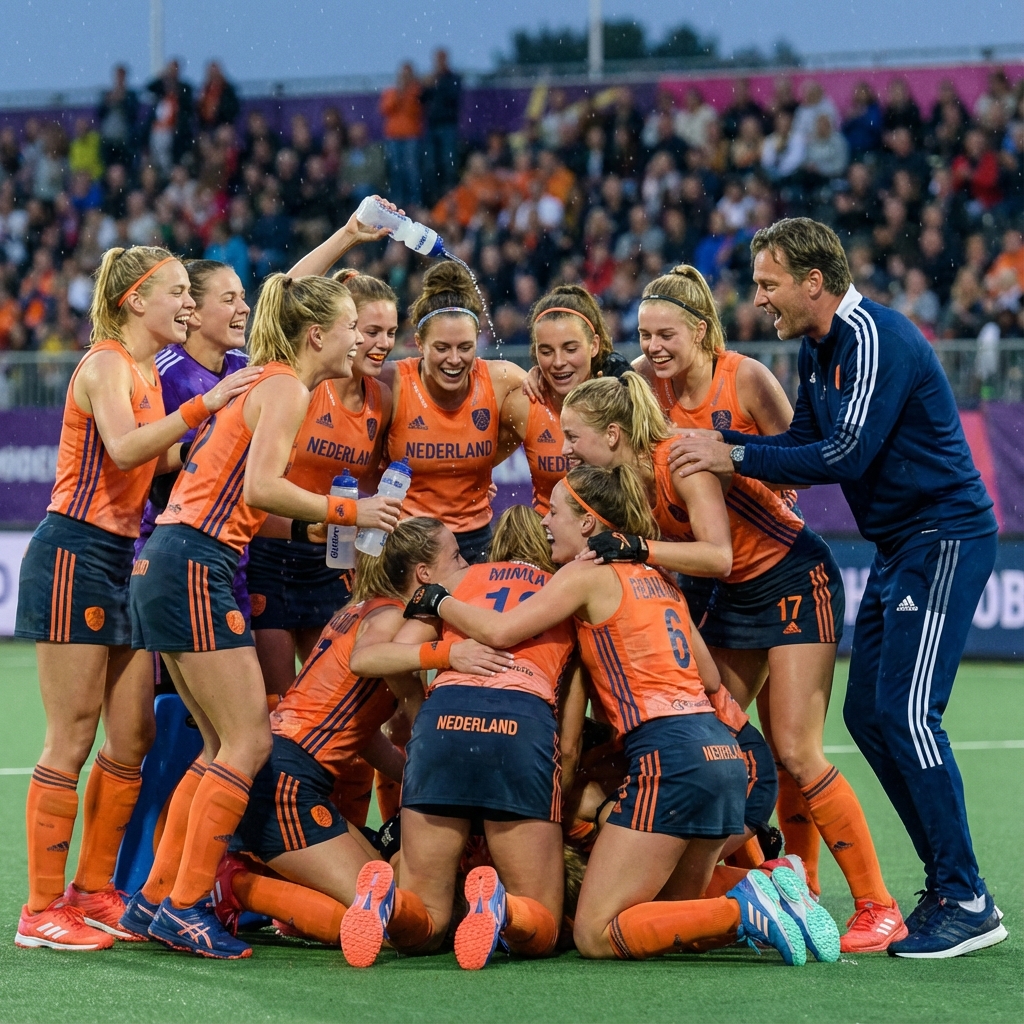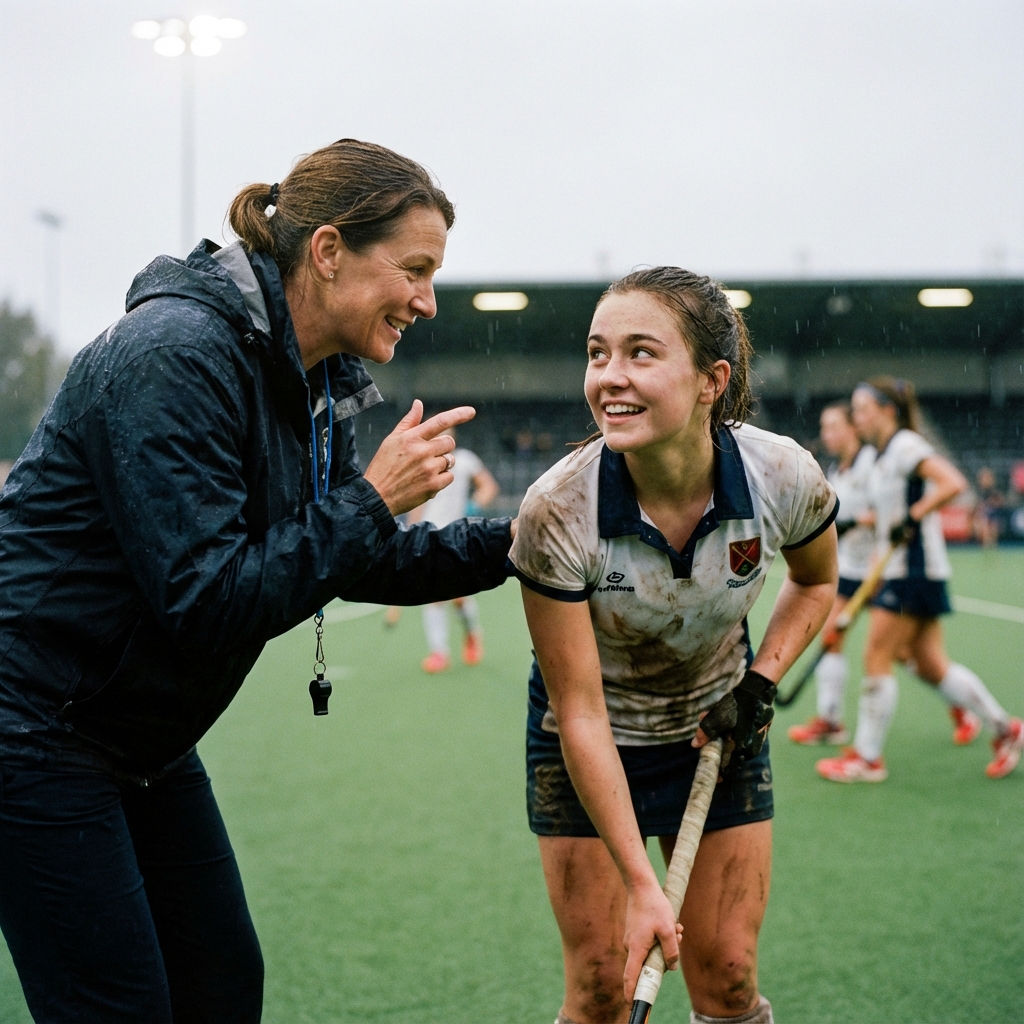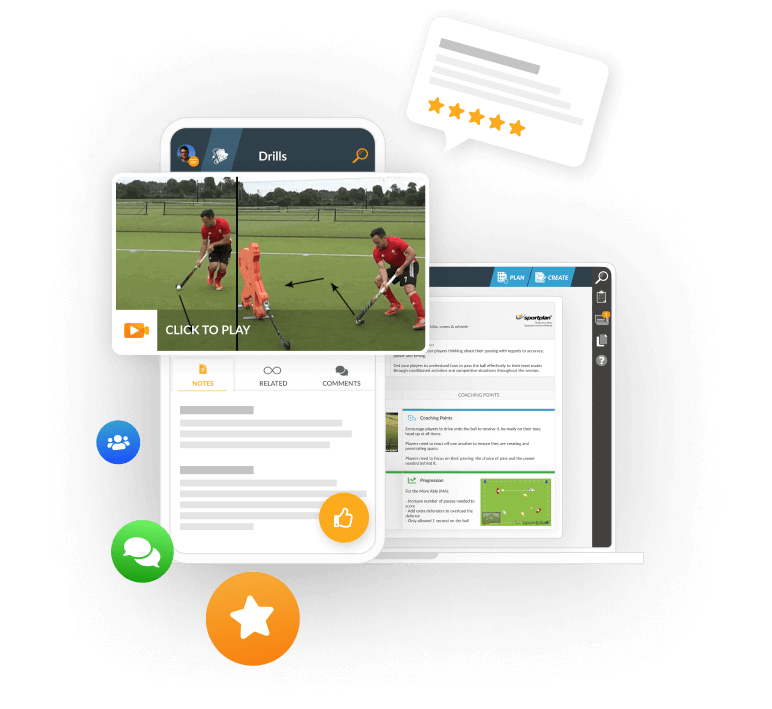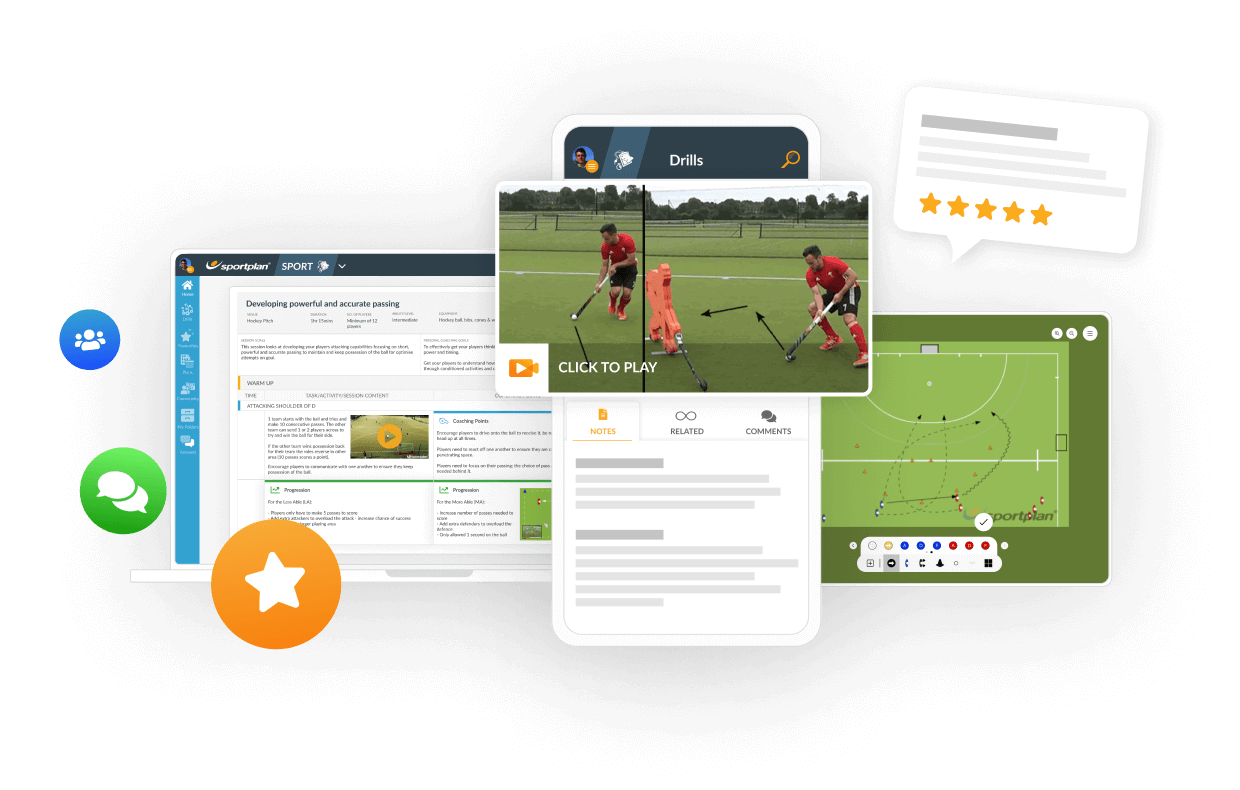Activities for Golden Thread Objectives
EH have just launched their Golden Thread objectives for the single system (& above) - will some activities be created to reflect these? It is more gameplay & less directive / closed "drills". Cheers Alex.





Hi Alex,
You are correct, the current ethos coming out of the England Hockey camp is to move away from isolated drills, and incorportate game related situations into training sessions. The idea behind this is to allow the participitants the opportunity to understand the drill they are taking part in, and create there own solutions as how to best complete it. This goal is to increase the knowledge level of players, allowing them to interpret situations on game day while under the pressure that comes with it.
Specifically regaridng the Golden Thread, the way i approach these type of things (so only my opinion) is to attempt to include these ideas in my drills, but a common sense approach should always be applied. It will be very difficult to pick up certain skills if they are only practised under game like scenarios. For example, attempting to teach the reverse hit (or `tomohawk`) to inexperienced players by having them put under pressure at the top of the D is unlikely to have a high success rate. Even if the isolation exercise only takes a few minutes, highlighting the core skills and allowing time to trial the technique would be very beneficial.
The golden thread is a set of ideals which coaches should strive to include in their sessions, but i doubt you will ever be able to include all 5 of these points in every single one of your drills. The key thing to take out of this is to keep your players as engaged as possible, and give them the opportunity to find solutions to the problems they face on the pitch instead of simply telling them.
Would love to hear your thoughts,
Josh
Alex,
We have lots of content coming for the new season, and as hockey gets faster and requires more fitness, new activities are continuing to be developed to support coaches.
I have forwarded your question to our panel of top Level coaches, for their input on how they are developing their coaching methods for their clubs.
[Unofficially - this is my interpretation] The issue is, for various reasons you often see coaching sessions where players are standing still, cold and bored, which is not good for young players who we want to find fun in the game, and is counter productive to the speed and fitness required to play the modern game.
So the Golden Thread can be interpreted in many ways, but is aimed at eradicating bad coaching. Basically telling coaches, if players are standing still and aren`t having fun, then you should possibly look for better ways to communicate what you are teaching, but hockey is a skillful game and you do have to slow things down to teach the basics at some point, and drills do not have to mean that players are standing around if they are set-up well, have a competitive element, are practiced in the correct area of the pitch and groups size are kept down so there are lots of touches.
We also hope that by using the expanding tool set Sportplan offer to help coaches in sharing diagrams, video and animations etc, we hope to empower coaches with tools to keep the theory discussion off the pitch and save precious practice time for actual ball work and get players to do the theory homework before or after training.
I am sure this will stir great debate.
Best regards
John
Hi Alex,
You are correct, the current ethos coming out of the England Hockey camp is to move away from isolated drills, and incorportate game related situations into training sessions. The idea behind this is to allow the participitants the opportunity to understand the drill they are taking part in, and create there own solutions as how to best complete it. This goal is to increase the knowledge level of players, allowing them to interpret situations on game day while under the pressure that comes with it.
Specifically regaridng the Golden Thread, the way i approach these type of things (so only my opinion) is to attempt to include these ideas in my drills, but a common sense approach should always be applied. It will be very difficult to pick up certain skills if they are only practised under game like scenarios. For example, attempting to teach the reverse hit (or `tomohawk`) to inexperienced players by having them put under pressure at the top of the D is unlikely to have a high success rate. Even if the isolation exercise only takes a few minutes, highlighting the core skills and allowing time to trial the technique would be very beneficial.
The golden thread is a set of ideals which coaches should strive to include in their sessions, but i doubt you will ever be able to include all 5 of these points in every single one of your drills. The key thing to take out of this is to keep your players as engaged as possible, and give them the opportunity to find solutions to the problems they face on the pitch instead of simply telling them.
Would love to hear your thoughts,
Josh








